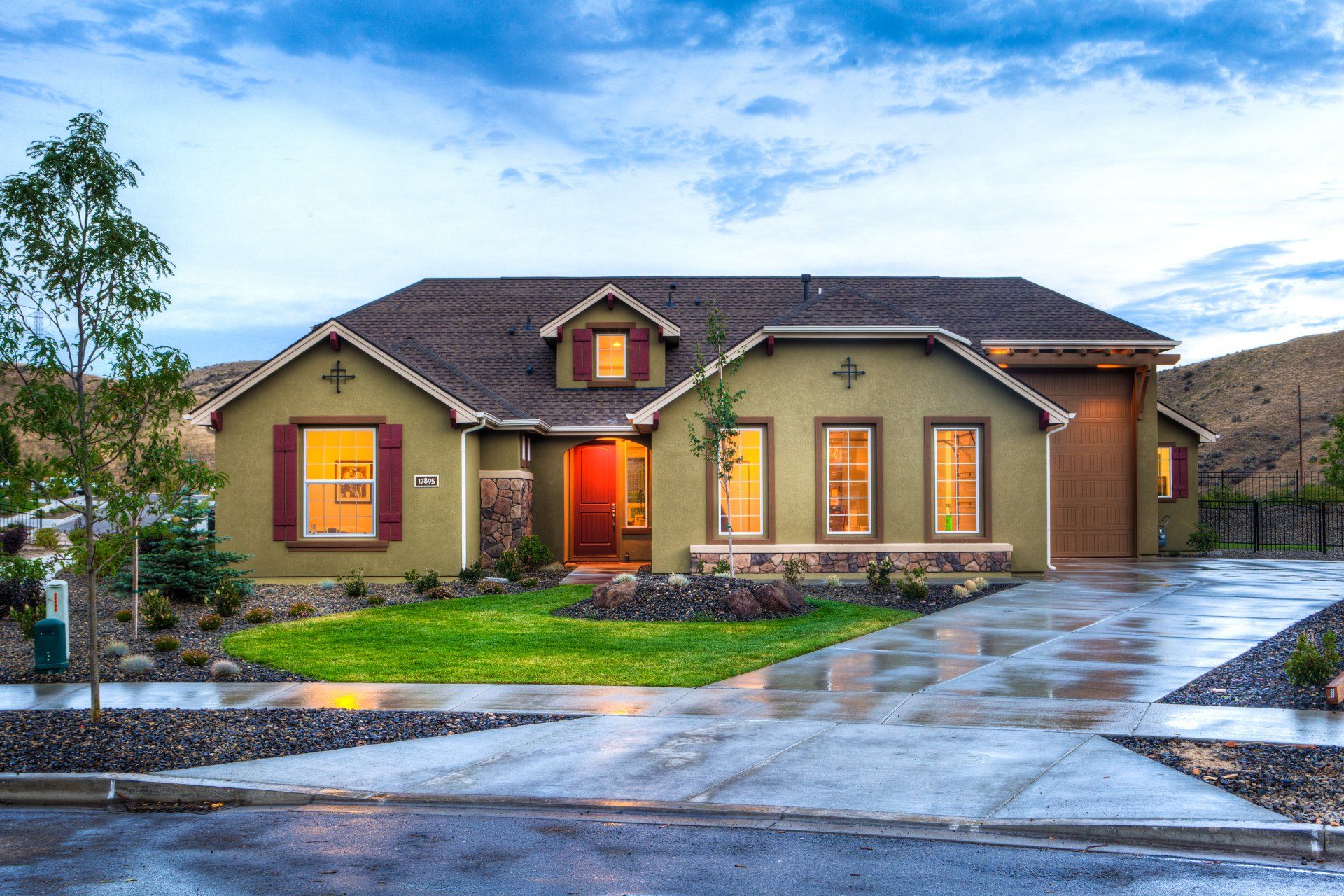TUCSON DRYWALL SERVICE
Sustainable Building: How Eco-Friendly Lumber is Shaping the Future
Embracing Green Practices with Eco-Friendly Lumber and Building Materials
The construction industry has been evolving rapidly, and a significant shift is occurring towards sustainable building practices. One of the pivotal elements in this transformation is the use of eco-friendly lumber and building materials. This guide will explore how sustainable lumber is shaping the future of construction, its benefits, and the impact on the environment and economy.

What is Sustainable Lumber?
Sustainable lumber refers to wood that is harvested in a manner that ensures the long-term health of the forest. This practice not only maintains the ecosystem but also supports the industry by ensuring a continuous supply of lumber and building materials. Sustainable lumber is often certified by organizations like the Forest Stewardship Council (FSC), which ensures that forests are managed responsibly.
Benefits of Sustainable Lumber and Building Materials
Environmental Impact
- Reduced Deforestation: Sustainable lumber practices ensure that trees are replanted and forests are managed for future growth. This reduces deforestation rates and helps maintain biodiversity.
- Carbon Sequestration: Trees absorb carbon dioxide as they grow, and using lumber in construction helps to lock away this carbon for the life of the building, reducing overall greenhouse gas emissions.
- Less Waste: Sustainable lumber and building materials are often more efficiently used, resulting in less waste during the construction process.
Economic Advantages
- Long-term Cost Savings: While sustainable lumber may sometimes cost more upfront, the long-term savings through durability and reduced maintenance can be significant.
- Market Demand: As consumers become more environmentally conscious, there is an increasing demand for green building materials, including sustainable lumber. This can provide a competitive edge for builders and suppliers.
Health Benefits
- Improved Air Quality: Sustainable lumber and building materials often have fewer chemical treatments, leading to better indoor air quality.
- Safer Work Environment: Using eco-friendly materials can reduce exposure to harmful chemicals for construction workers.
Finding Lumber and Building Supplies Near Me
For those looking to purchase sustainable lumber and building supplies, it’s essential to find reputable stores. Searching for “lumber and building supplies near me” or “lumber and building materials near me” can help locate local providers. Ensure that these suppliers offer certified sustainable lumber and have a commitment to eco-friendly practices.
Types of Sustainable Lumber
Reclaimed Wood
Reclaimed wood is sourced from old buildings, barns, and other structures. It is repurposed for new construction, giving the wood a second life and reducing the need for fresh-cut lumber. This type of wood often has a unique character and history, adding aesthetic value to new projects.
Engineered Wood
Engineered wood products, such as plywood, oriented strand board (OSB), and laminated veneer lumber (LVL), are made from smaller pieces of wood bonded together. These products make efficient use of smaller trees and wood scraps, minimizing waste and maximizing the utility of harvested timber.
FSC-Certified Lumber
FSC-certified lumber comes from forests managed according to strict environmental, social, and economic standards. This certification ensures that the wood is sourced responsibly, contributing to forest conservation and community welfare.
Sustainable Building Practices
Design for Efficiency
Designing buildings to use materials efficiently can significantly reduce waste. This includes optimizing the size and shape of the building, using modular components, and planning for minimal material cuts.
Energy Efficiency
Incorporating energy-efficient designs and materials can enhance the sustainability of a building. This includes using high-performance insulation, windows, and HVAC systems to reduce energy consumption.
Water Conservation
Implementing water-saving features, such as low-flow fixtures and rainwater harvesting systems, can contribute to the overall sustainability of a building. Using permeable materials for landscaping can also help manage stormwater runoff.
Renewable Energy
Incorporating renewable energy sources, such as solar panels or wind turbines, can further reduce the environmental impact of a building. These systems can provide clean, renewable energy, decreasing reliance on fossil fuels.
Challenges in Sustainable Building
Higher Initial Costs
One of the primary challenges of sustainable building is the higher initial cost of materials and technologies. However, these costs are often offset by long-term savings in energy, maintenance, and operational expenses.
Limited Availability
In some regions, finding sustainable lumber and building materials can be challenging. This can be addressed by increasing awareness and demand, encouraging more suppliers to offer eco-friendly options.
Knowledge and Training
Builders and contractors may require additional training to implement sustainable practices effectively. Investing in education and certification programs can help overcome this barrier.
The Role of Policy and Regulation
Government policies and regulations play a crucial role in promoting sustainable building practices. Incentives such as tax credits, grants, and rebates can encourage the adoption of eco-friendly materials and technologies. Building codes and standards that mandate energy efficiency and sustainability can also drive the industry towards greener practices.
Case Studies: Sustainable Building Projects
Bullitt Center, Seattle
The Bullitt Center in Seattle is often cited as one of the greenest commercial buildings in the world. It features FSC-certified wood, energy-efficient systems, and a rainwater harvesting system. The building is designed to last 250 years and operates on a net-zero energy basis, producing as much energy as it consumes.
The Edge, Amsterdam
The Edge in Amsterdam is another example of a sustainable building. It uses smart technology to optimize energy use, features a rooftop solar array, and uses rainwater for flushing toilets and irrigation. The building's design prioritizes natural light and ventilation, reducing the need for artificial lighting and HVAC systems.
Brock Commons, Vancouver
Brock Commons is an 18-story student residence at the University of British Columbia and one of the tallest mass timber buildings in the world. It uses cross-laminated timber (CLT) and glulam (glued laminated timber) for its structure, showcasing the potential of engineered wood products in high-rise construction.
The Future of Sustainable Building
The future of sustainable building looks promising as technology advances and awareness grows. Innovations in materials, design, and construction techniques will continue to drive the industry towards greener practices. As more buildings are constructed with sustainability in mind, the cumulative impact on the environment and society will be profound.
Smart Building Technologies
Smart building technologies can enhance the sustainability of structures by optimizing energy use, monitoring indoor air quality, and improving overall efficiency. These systems can provide real-time data to building managers, enabling proactive maintenance and adjustments.
Biodegradable and Recyclable Materials
Research is ongoing into developing biodegradable and recyclable building materials. These materials can reduce waste and the environmental footprint of construction projects, contributing to a circular economy.
Green Building Certifications
Certifications such as LEED (Leadership in Energy and Environmental Design) and BREEAM (Building Research Establishment Environmental Assessment Method) will continue to play a significant role in promoting sustainable building practices. These programs provide frameworks for assessing and improving the sustainability of buildings.
Conclusion
Sustainable building practices, particularly the use of eco-friendly lumber and building materials, are essential for shaping a more sustainable future. While challenges exist, the benefits to the environment, economy, and society are substantial. By embracing sustainable practices, the construction industry can significantly reduce its impact on the planet and create healthier, more efficient buildings.
As consumers, builders, and policymakers increasingly prioritize sustainability, the demand for eco-friendly lumber and building materials will continue to grow. This shift not only supports environmental conservation but also drives innovation and economic growth within the industry. By choosing
sustainable options and advocating for green practices, we can collectively contribute to a more sustainable future for generations to come.
Ready to work with TUSCON DW?
Let's connect! We’re here to help.
Send us a message and we’ll be in touch.
Or give us a call today at 111-222-3333
Agency Contact Form
We will get back to you as soon as possible
Please try again later
More Marketing Tips, Tricks & Tools
Business Hours
Mon - Sun
7am - 7pm
Phone Number
520-595-4877
Terms of Service
Disclaimer
Privacy
Website built by
UpShot Solutions









